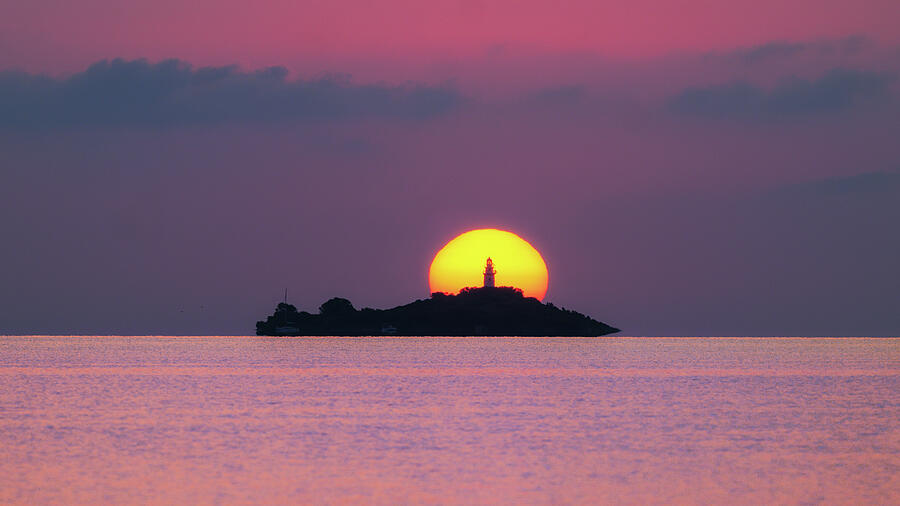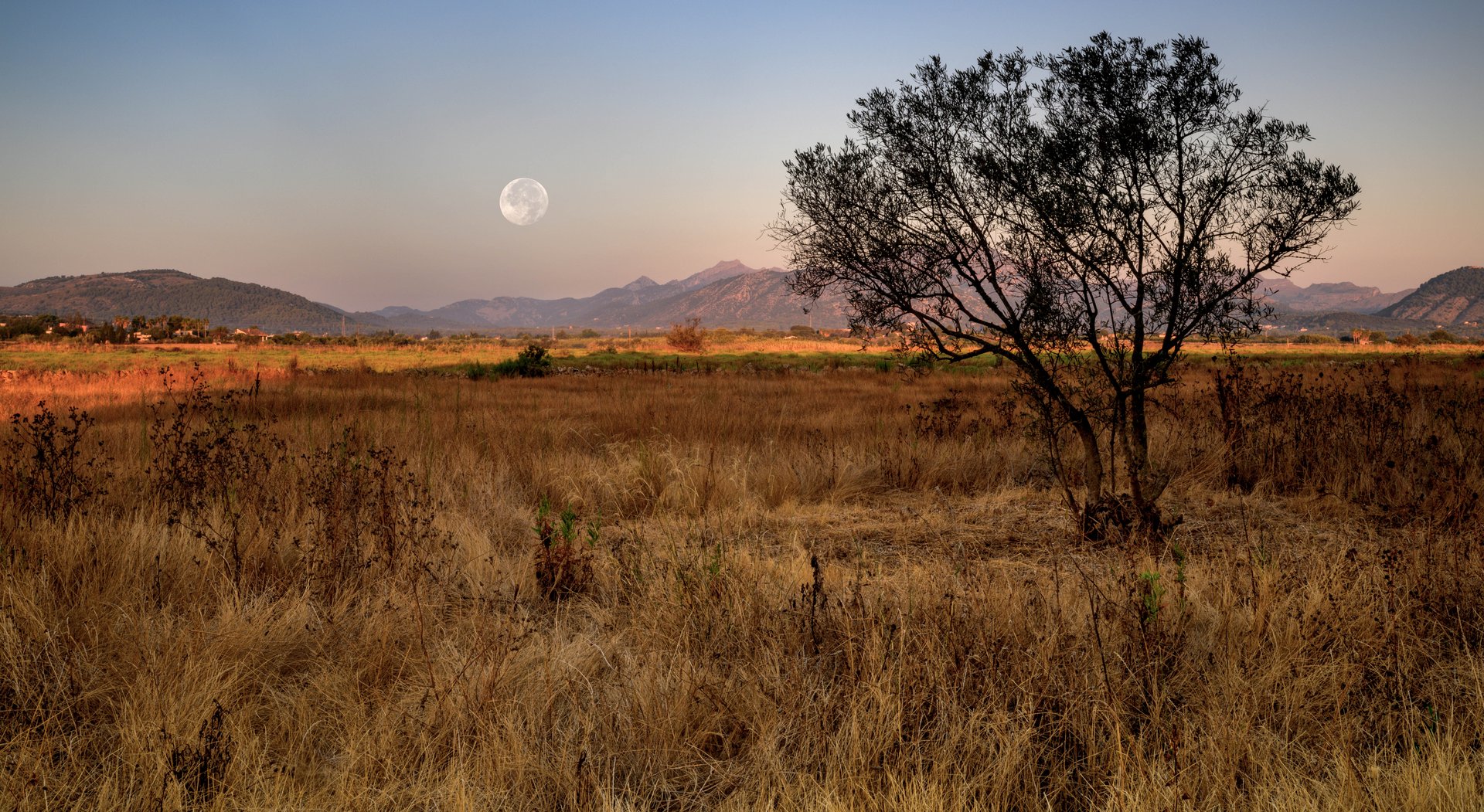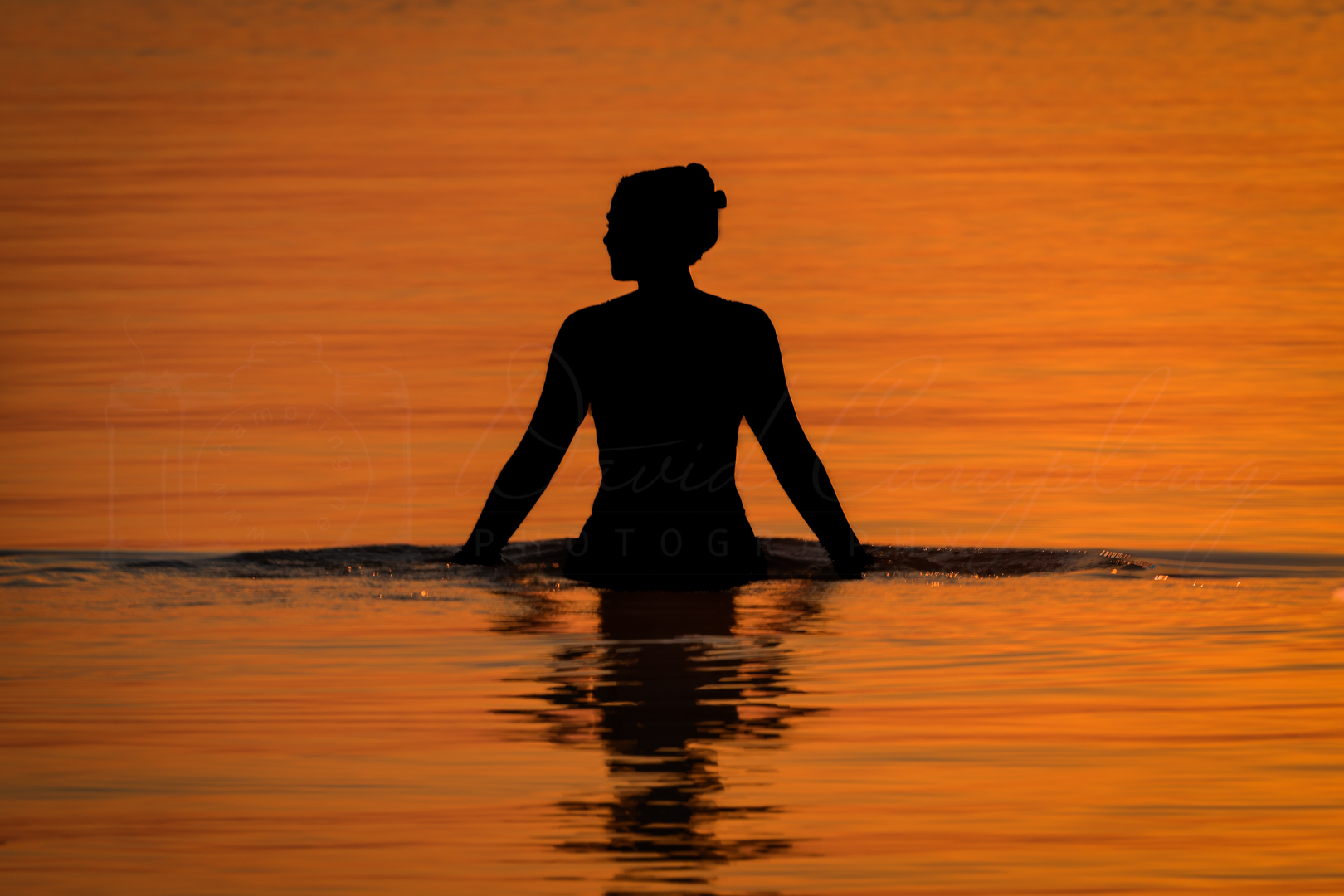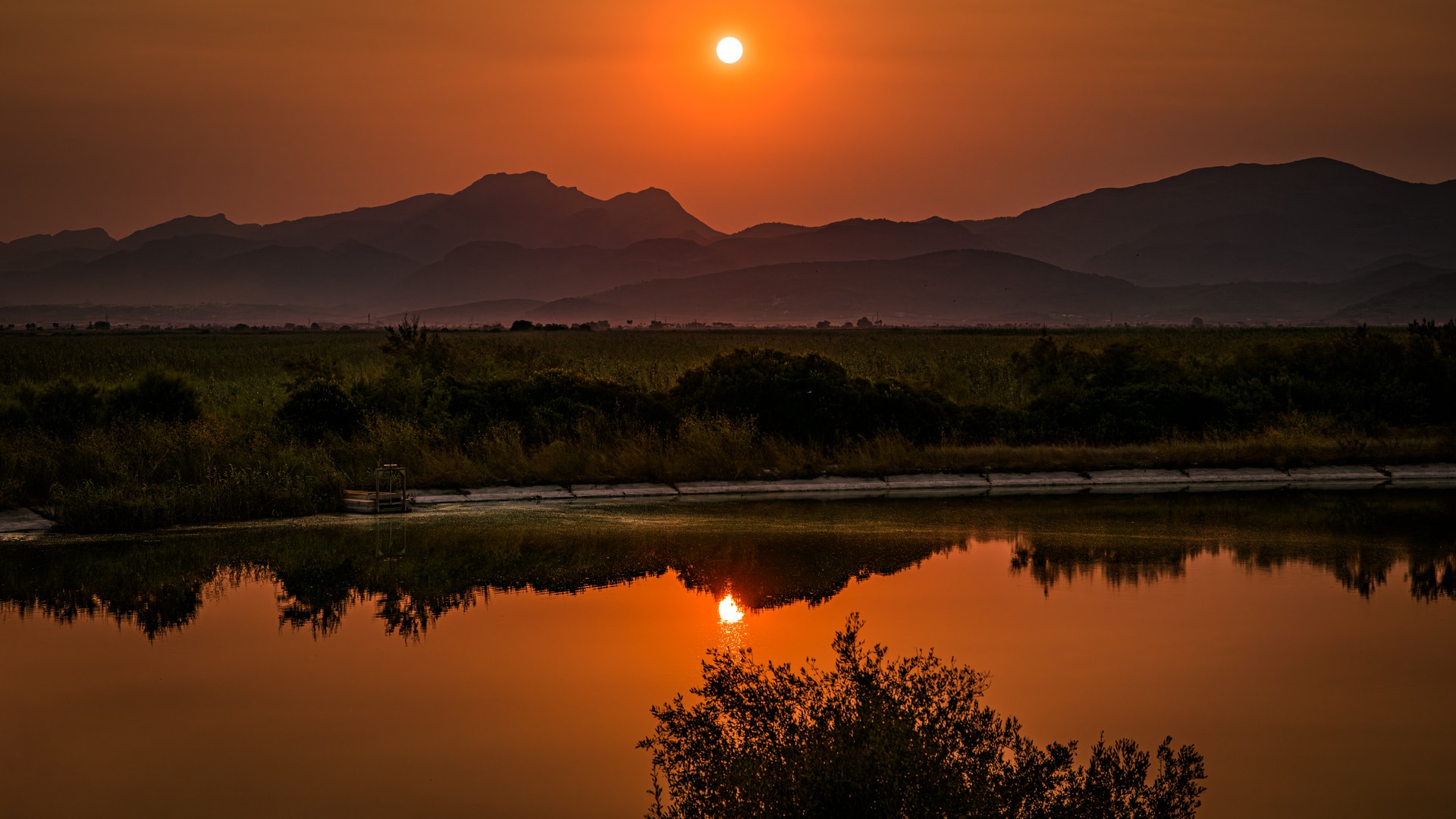And yes, photographers—you are artists too!
Mallorca has always been more than a holiday island. Beyond beaches and turquoise coves, it has been a canvas, a refuge, and a wellspring of inspiration. Painters, photographers, sculptors, and writers have all found something here they couldn’t find anywhere else.
When I first came to Mallorca twenty years ago, it wasn’t for the quality of light. It was for the quantity.

As someone who suffers from Seasonal Affective Disorder (SAD), the north of England—beautiful as it is—was not kind to my wellbeing.
Mallorca, with over 300 days of sunshine each year, seemed like a good move.
But over time, I realized the light here is extraordinary. Ever-changing. Subtle one moment, dramatic the next. A quality that makes for truly beautiful photography.
I live in the shadow of La Victoria Mountain. It’s not huge, yet it dominates my view to the south-east. The sun rises over the ridge, tracks west across the sky, and reshapes the landscape minute by minute. For photography, that shifting light is a gift—if you’re willing to adapt.
We shouldn’t forget the fifty days without sun. Some of the most amazing skies appear then—stormy, wild, and unforgettable.
I’ve seen torrential downpours turn streets into rivers, only for them to steam twenty minutes later under sudden heat.
Thunderstorms roll in, shaking the ground, lightning splitting the sky. Hard to capture with a camera, but I live in hope.

Changing Light
Mallorca doesn’t just change with the seasons—it changes character. The light shapes everything.
Winter (Dec–Feb) The sun hangs low, shadows stretch long, and the spectrum cools to silver. The Tramuntana ridges look sharply etched. Indoors, window light becomes soft and painterly, perfect for portraits. Photographers find highlights gentler and easier to manage.
Spring (Mar–May) The island greens, and light turns crystalline. Mountains look sharpened against brilliant skies. Mornings glow pale gold, afternoons warm. Blossom against blue skies is irresistible to painters, while photographers wrestle with colours so intense they demand creativity. Days lengthen, stretching possibilities without summer’s harshness.
Summer (Jun–Aug) The light grows fierce. At midday, colours bleach and stone walls glare white. Many artists retreat indoors, working at sunrise or twilight. Evenings are spectacular—pink and orange fading into cobalt skies. Harsh light pushes you outside your comfort zone. Neutral density filters at sunrise create smooth water effects in seascapes, while old Roman walls shine in high-contrast black and white.
Autumn (Sep–Nov) The heat softens, and the light mellows. Colours deepen into terracotta, olive, and ochre. After late-summer rain, the air clears, sharpening mountains and coastlines. Twilight lingers longer than in spring, glowing amber—perfect for slow, generous sunsets.
A History of Creativity
Since the early 20th century, Mallorca has drawn major names in art and literature. Joan Miró made the island his home, his studio now preserved as the Fundació Miró Mallorca in Palma. The Catalan painter Hermenegildo Anglada-Camarasa also settled here, his bold colours echoing Mediterranean light. Later, British writer Robert Graves built his house in Deià, turning the mountain village into a magnet for poets, painters, and musicians.
Each generation has left its mark—studios, galleries, and works that still breathe through the island. Mallorca became, quietly, a crossroads of cultures and ideas.

Light, Landscape, and Stillness
What makes Mallorca magnetic is not only history, but the setting itself. The Serra de Tramuntana, a UNESCO World Heritage Site, delivers rugged drama. The coast shifts between cliffs and quiet bays. In spring, almond blossom covers fields like an impressionist canvas.
Photographers chase the famously soft golden-hour light, when stone villages glow as though carved from honey. And then, there is the silence. Away from Palma, villages like Valldemossa, Deià, and Fornalutx still carry the same quiet that once kept Robert Graves writing. That balance of stillness and energy makes Mallorca not only a place to visit, but a place to create.
Why You Should Come
For a visual artist, Mallorca offers more than scenery. It offers a lineage of creativity you can step into. Walk the island with a sketchbook, camera, or notebook, and you join a tradition stretching back over a century. The light sharpens your eye. The landscapes ground you. The layered history reminds you that art is as much about place as it is about vision.
Mallorca isn’t just a destination—it’s a studio under open sky.

